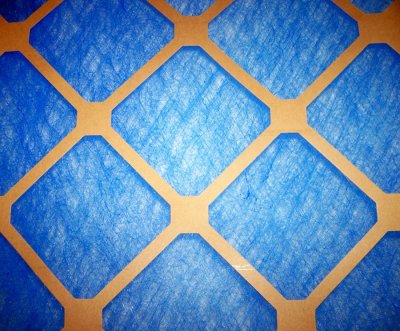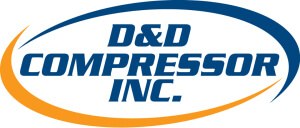The Role of Filtration in Your Compressed Air System

Air compressor systems are known for their versatility and applicability throughout the industrial world. Depending on your specific industry, the air produced by your compressors may need to meet certain air quality requirements for the worker or client safety. When browsing air compressors for sale in San Jose, understanding the available filtration options and your ultimate air quality needs will help you choose the right air compressor product.
Filtration Basics
All air compressors, from industrial air compressors down to small portable air compressor systems, require an input stream of low-pressure air. Inside the compressor, the pressure is added to the air via one of many mechanisms, before the pressurized air is expelled for final use. Filters are air compressor parts designed to remove air compressor oil, particulate matter, and other potential contaminants from the air produced by the compressor. If you require a filter to screen contaminants from compressed air, this system is installed after the compressor itself and will treat air that has already been pressurized inside the machinery.
Methods of Filtration
Air compressor filtration systems utilize several filtration methods. Sieving is a mechanical method of particle removal that incorporates a filter, typically comprised of a series of glass fibers woven into a mesh. These fibers are oriented randomly so that over the entire filter, they cover all possible orientations and angles. When air passes through the filter media, particles that are too large to fit through the openings between the fibers are screened out. This technique works well for particles over one millimeter in size, but smaller particles require additional filtration mechanisms to ensure removal. Inertial impaction makes use of high gas velocities and particle inertia to capture particles that are unable to change trajectories quickly as they approach the filter. Diffusion is used in low-velocity gas streams, which takes advantage of the natural Brownian motion of gas molecules to increase the likelihood that a particle will “bump into” a filter fiber. The total efficiency of an industrial air compressor filter will take all of these methods into account to determine the final air quality.
